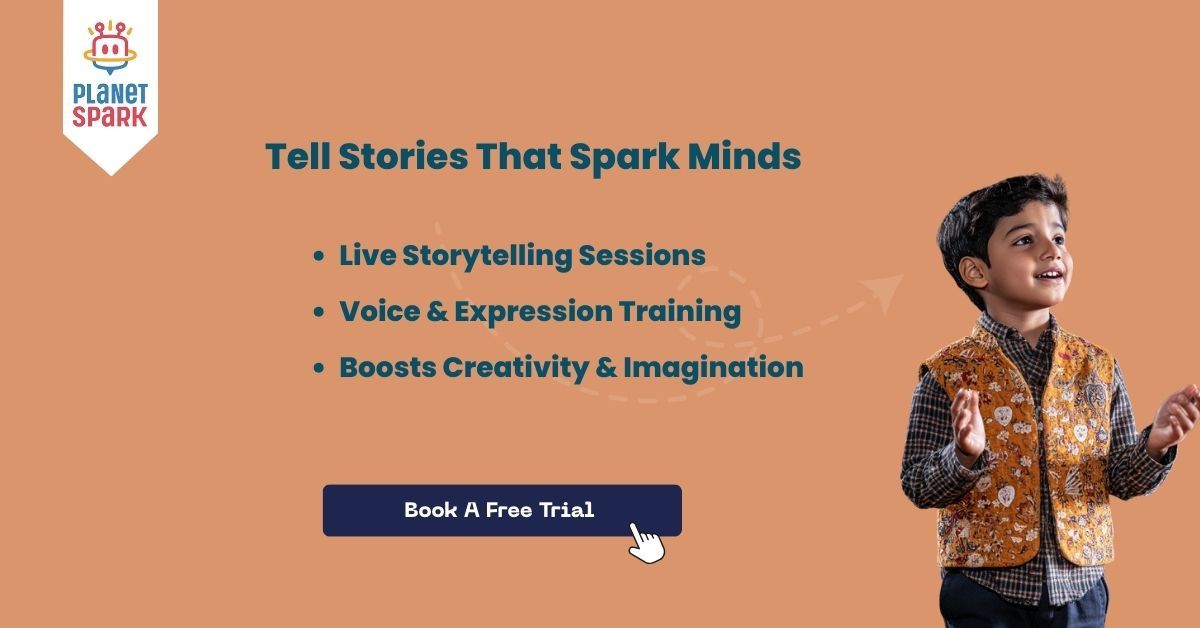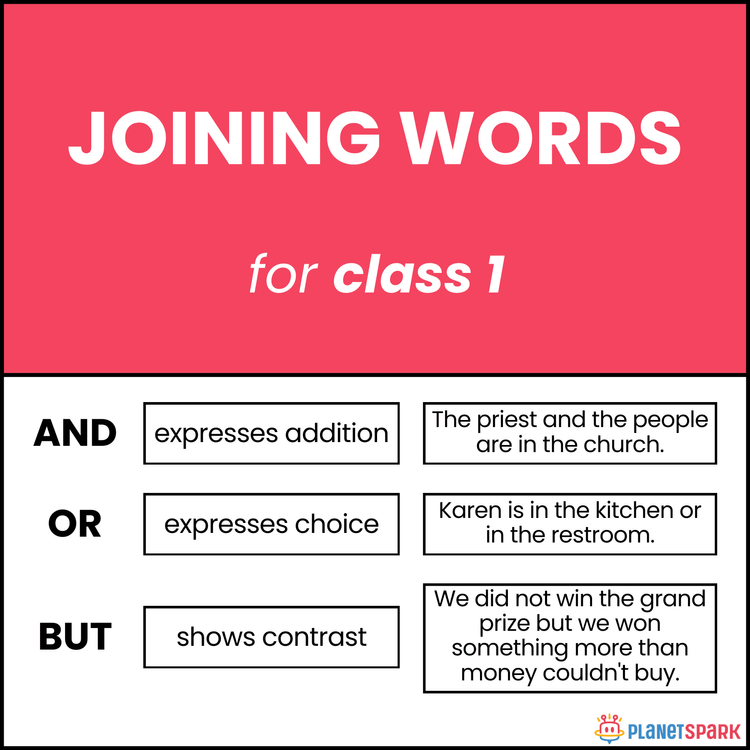Understanding English Alphabet for Better Communication

When we talk about any language, the first thing that comes to mind is its alphabet. The English alphabet has 26 letters, starting from A to Z. These letters combine to form words, which we use every single day to read, write, and communicate.
This blog will explain how many alphabets are in English, their history, vowels and consonants, and fun facts you probably didn’t know. Along the way, you’ll also learn how PlanetSpark helps kids master English communication skills through interactive learning.
How Many Alphabets in English?
The modern English alphabet is made up of 26 letters. These letters form the foundation of reading, writing, and communication in English. Learning them is the first step for children to express themselves confidently and accurately.
Vowels
There are five vowels: A, E, I, O, U
They produce sounds without blocking airflow
Vowels are essential for forming words and syllables

Consonants
The remaining 21 letters are consonants
These letters are produced by partially or fully blocking airflow with lips, teeth, or tongue
Consonants combine with vowels to create words and sentences
This set of 26 letters is called the Standard English Alphabet. It is widely used in schools, official communication, books, and everyday writing. By mastering these letters, children can improve spelling, pronunciation, reading, and writing skills. Understanding the alphabet also makes learning new words and expressing ideas much easier and more enjoyable.
At PlanetSpark, children don’t just memorize the alphabet and they learn how to use letters to form words, it includes real time phonics games to improve spelling, and build communication skills. Teachers use games and songs to make alphabets fun and memorable.
What is an Alphabet?
An alphabet is simply a collection of letters arranged in a fixed order. Every letter represents a sound. Together, these letters create words that help us express ideas. Some languages, like Hindi, have a sound-based script. English, however, is script-based, meaning each letter has a shape and pronunciation.
For English learners, the alphabet is the starting point. Without it, reading or writing wouldn’t be possible.

The English Alphabet Chart
Here’s the full English alphabet with its pronunciation:
| S.No | Capital Letter | Small Letter | Pronunciation |
|---|---|---|---|
| 1 | A | a | ay |
| 2 | B | b | bee |
| 3 | C | c | cee |
| 4 | D | d | dee |
| 5 | E | e | ee |
| 6 | F | f | ef |
| 7 | G | g | gee |
| 8 | H | h | aitch |
| 9 | I | i | eye |
| 10 | J | j | jay |
| 11 | K | k | kay |
| 12 | L | l | el |
| 13 | M | m | em |
| 14 | N | n | en |
| 15 | O | o | oh |
| 16 | P | p | pee |
| 17 | Q | q | cue |
| 18 | R | r | ar |
| 19 | S | s | ess |
| 20 | T | t | tee |
| 21 | U | u | you |
| 22 | V | v | vee |
| 23 | W | w | double-u |
| 24 | X | x | ex |
| 25 | Y | y | wy |
| 26 | Z | z | zed (or zee in the US) |
History of the English Alphabet
Did you know the English alphabet didn’t always have 26 letters?
Old English Alphabet (5th–12th century): It had 29 letters, including Æ, Þ, Ð, and Ƿ.
Medieval Times: Letters like J, U, and W were added in the 16th century.
1835: The ampersand (&) was considered the 27th letter until it was dropped.
Today’s English alphabet comes from Latin script, which influenced many European languages.
In storytelling classes, PlanetSpark teachers often use the history of alphabets to spark curiosity in kids, making them realize learning English is not boring but it’s full of fascinating stories.
Vowels and Consonants
The English alphabet is divided into two main types of letters: vowels and consonants. Understanding this division helps children read, write, and pronounce words correctly.
Vowels
There are five vowels: A, E, I, O, and U.
These letters are pronounced without blocking the airflow, which means air flows freely when you say them.
Vowels are essential because they form the core of every syllable and word.
Consonants
The remaining 21 letters are consonants: B, C, D, F, G, H, J, K, L, M, N, P, Q, R, S, T, V, W, X, Y, and Z.
Consonants are produced by blocking or partially blocking airflow using the lips, teeth, or tongue.
They combine with vowels to create meaningful words and help give structure to the language.
By learning the difference between vowels and consonants, children can improve their pronunciation, spelling, and overall communication skills in English. This basic understanding forms the foundation for reading and writing effectively.
Fun Facts About the Alphabet
English alphabets have many interesting facts that make learning fun and memorable.
Pangrams
Pangrams are special sentences that use every letter of the alphabet at least once.
A famous example is The quick brown fox jumps over the lazy dog.
They are often used for typing practice, font displays, and teaching letter recognition.
Most Common Letter
The letter E appears more often than any other letter in English.
Knowing this helps in games like Scrabble and also improves reading and writing efficiency.
Historical Fun Fact
Until 1835, the ampersand (&) was taught as part of the English alphabet.
Later, it was removed, but it still remains a commonly used symbol in writing.
Digraphs in English
English has combinations of letters called digraphs, like “sh” and “th.”
Although they produce unique sounds, they are not counted as separate letters in the alphabet.
Learning digraphs helps children pronounce words correctly and improves reading skills.
Alphabets in Other Languages
Different languages have different alphabet counts:
German: 30 letters (extra ä, ö, ü, ß)
Spanish: 27 letters (includes ñ)
Italian: 21 letters (no j, k, w, x, y)
Hindi (Devanagari): 52 characters
Why Learning Alphabets the Right Way Matters
For kids, alphabets are more than just symbols. They’re the foundation of reading, writing, spelling, and communication. A strong grasp of alphabets helps children:
Build confidence in reading aloud is one of the first benefits. When kids recognize letters and understand their sounds, they can read words and sentences clearly. This confidence grows with practice, making them more comfortable participating in class and expressing themselves.
Improving creative writing is another advantage. Knowing alphabets allows children to form words and sentences independently. As they experiment with combining letters, they start creating stories, poems, and essays, developing imagination and self-expression. Writing becomes less intimidating, and children enjoy putting their thoughts on paper.
Strengthening vocabulary naturally follows. When kids understand how letters form words, they can learn new words faster and use them correctly in speaking and writing. Reading alphabet-based books and stories exposes them to practical language that enriches their daily communication.
Finally, a strong alphabet foundation helps children perform better in school. Reading comprehension, spelling, grammar, and written assignments all depend on knowing letters and sounds. With early mastery of alphabets, students gain an academic edge, making learning other subjects easier and boosting overall confidence in their abilities.
According to PlanetSpark data, 80% of kids who practiced structured alphabet-based communication showed improved fluency and confidence in less than 3 months

About PlanetSpark
PlanetSpark is a category-leading EdTech platform offering live 1:1 and group classes in communication, public speaking, creative writing, debates, and leadership for kids aged 4–16.
PlanetSpark believes communication is as important as academics. By teaching alphabets, words, and public speaking together, it ensures kids not only learn English basics but also become confident speakers.
Conclusion
The English alphabet is more than just 26 letters and it’s the foundation of reading, writing, and effective communication. From vowels and consonants to fun facts and historical evolution, understanding alphabets helps children build language skills naturally. Learning through stories, games, and interactive lessons makes the process engaging and memorable. With the right guidance, kids gain confidence in speaking, improve vocabulary, and develop creativity.
Platforms like PlanetSpark make alphabet learning enjoyable while strengthening overall communication skills. Mastering the basics early sets children up for lifelong success in academics and beyond. Ultimately, a strong grasp of the alphabet is the first step toward confident, fluent English communication.
Frequently Asked Questions
There are 26 letters in the English alphabet—5 vowels and 21 consonants.
No. Old English had 29 letters, and the ampersand (&) was considered part of the alphabet until the 1800s.
The letter E appears the most in English words.
PlanetSpark uses songs, games, and storytelling to make learning alphabets fun and engaging for kids.
Yes. With structured courses in reading, writing, and speaking, PlanetSpark helps kids master English communication skills.
Simply book a free demo session on the PlanetSpark website and explore the programs.
Download Free Worksheets
Personalized Communication Report
Record a video to get a AI generated personalized communication report for your child

Hi There, want to try these
tips for your child with
LIVE with our expert coach?
Let's check your child's
English fluency

